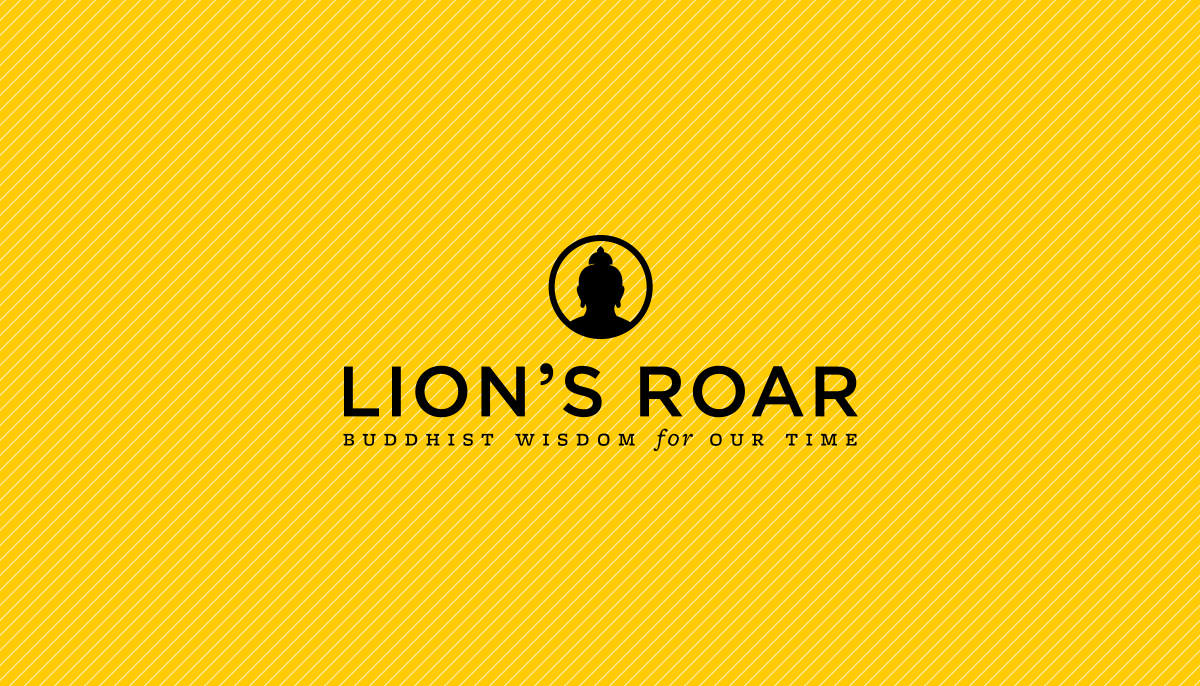To be a societal force for change, you either have to work from an outsider stance or infiltrate and work from within.
The outsider is ready to speak out when others are silent, ready to challenge conventional wisdom, ready to sacrifice her own comfort and reputation in the service of turning people from despair and reconnecting them with what is sacred. The outsider, through personal example, presents an alternative vision of reality, an alternative way of living your life. Working from the outsider stance requires you to opt out of the conventional paradigm. Rather than buying into the path of gaining credentials, establishing relationships, building careers, and planning for a comfortable retirement, you take a different route with different values. This requires sacrifice. Your education may be interrupted, your career put on hold, your relationships shaken.
The infiltrator, by contrast, takes on the forms and appearances of the society of which she is a part, rather than rejecting conventional structures and institutions. With this approach, you enter into the system as fully as possible and really try to understand it, so that you can transform it from within. On the surface, you lead a conventional, ordinary life, but your every action is colored by your dharmic perspective and training. Steadily and stealthily you apply your practice in the mundane activities of daily life and, in doing so, transform yourself and the world around you.
In the early days of the Western sangha, the outsider stance was very much the predominant paradigm. People inspired by the buddhadharma dropped out of whatever they were doing and completely immersed themselves in the dharma. Some of us traveled to Asia for intensive study with Asian masters; others studied with teachers who had moved to the West. We trained, we studied, we formed communities. The romanticism of it all—solitary yogis seeking personal and societal transformation—resonated with our Western heritage and also the pioneering spirit of leaving the familiar world behind and exploring uncharted territory in pursuit of a better life.
Over time, all this individual activity began to coalesce. The various schools started to establish their programs, centers, and administrations, creating infrastructures to support the teachings and make them accessible to a broader range of people. We incorporated. We raised money. We bought land and established retreat centers. In short, we created forms and institutions, much like any other church. And as we did, Buddhism began to be accepted as a part of the club, so to speak; one religious option among many, a recognizable denomination.
This mantle of respectability has given us a voice and allowed us to be heard. It has given us a platform to interact with the broader world. But the very institution building that has given us greater power and credibility in the broader Western society may bring with it the tendency to soften the more radical implications of the Buddha’s teaching. The temptation is to shape a more user-friendly form of dharma, one that is palatable to the psychological and societal status quo.
So we end up with two extremes: the romantic, individualistic outsider who challenges the conventional norm and has somewhat disassociated from it, and the conventionally minded institution builder who skirts dharma’s radical edge in favor of a more popularist interpretation. The first approach could be said to have elitist overtones, and it’s unlikely to appeal to more than a small number of hard-core practitioners. The second approach has broader appeal but takes on the tepid appearance of middle-of-the-road protestant moralism and good works.
As Western dharma matures, what once was provocative and woke us up instead may begin to feel familiar and comforting and put us back to sleep. It is easy to lose the cutting edge, both personally and organizationally. It is even possible for the dharma establishment itself to become an obstacle for the dharma practitioner. Dharma is a counterforce, like swimming upstream. As soon as you begin to get comfy and float, you are swept away by the force of the current. You become a part of the very power you had been resisting.
We need to integrate more fully into the larger society; we need to infiltrate. Otherwise, we will not be able to offer the teachings to a more diverse range of people or apply them in relevant ways to the pressing concerns of modern life. To accomplish big things, we need strong institutions, wide networks, and street savvy. We need to engage beyond the level of the solitary practitioner. However, it is essential that as we establish ourselves in the larger community, we do not lose the outsider quality of standing up to hypocrisy and the forces of materialism. We need to dig in our heels and resist. Not just occasionally, but over and over we need to reexamine our own assumptions about who we are, how we operate as a community, how we live our lives, and what we are contributing to the world.


